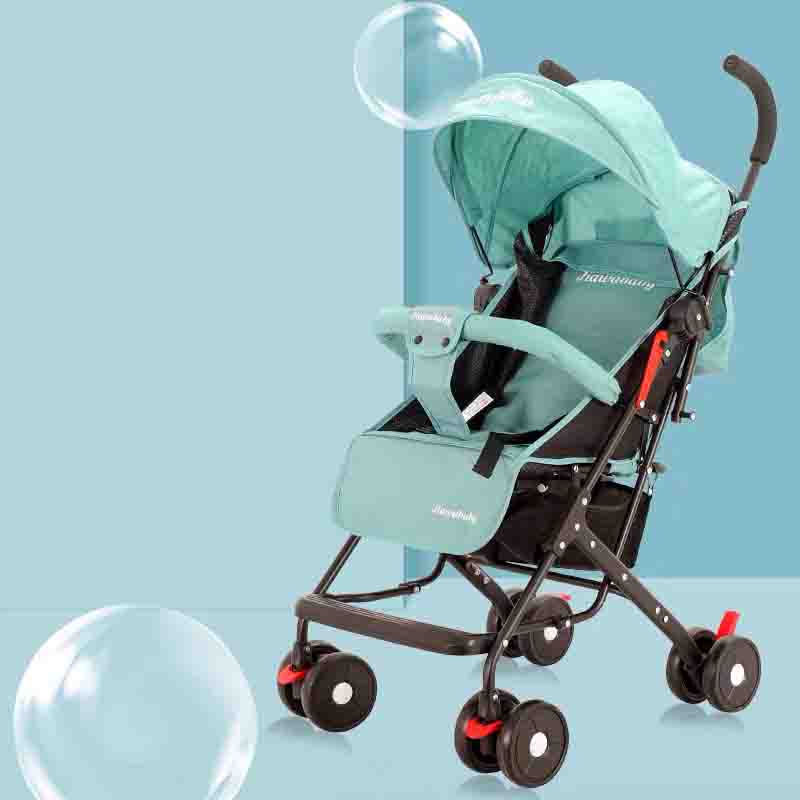activity walkers for infants
Activity Walkers for Infants A Comprehensive Overview
Activity walkers are a popular choice for parents looking to support their infant's development during the early stages of growth. Designed to provide a safe and stimulating environment for babies, these walkers come equipped with various features that promote physical and cognitive development. However, as with any child product, it's crucial for parents to be informed about the benefits and potential risks associated with their use.
What Are Activity Walkers?
Activity walkers are typically wheeled devices where infants can sit and engage with attached toys and other interactive elements. They are designed to encourage movement and can often be adjusted to accommodate a child’s height as they grow. Different styles of activity walkers cater to various age groups and developmental stages, making them versatile tools for helping infants develop motor skills.
Benefits of Activity Walkers
1. Strengthening Muscles One of the primary advantages of activity walkers is their ability to help infants strengthen their leg muscles. As babies push or pull themselves in the walker, they engage core and leg muscles, essential for future walking and other physical activities.
2. Encouraging Mobility Activity walkers motivate infants to move around and explore their surroundings. This desire to reach toys or move towards familiar sounds fosters independence and coordination.
3. Cognitive Development Many activity walkers are equipped with colorful toys that encourage sensory exploration. These toys can help babies develop hand-eye coordination and fine motor skills as they grasp, shake, or push various components.
4. Entertainment With a range of engaging activities, these walkers allay boredom and keep infants entertained. Bright colors, sounds, and textures stimulate a child’s senses and contribute to their overall cognitive development.
Safety Considerations
activity walkers for infants

While activity walkers offer numerous benefits, safety concerns have been associated with their use. Some of the risks include
1. Injury Risks If not supervised, infants can use walkers to gain access to dangerous areas, such as stairs or sharp objects. Parents should ensure that the walker is used in a safe environment and always within sight.
2. Delayed Walking Some experts argue that prolonged use of activity walkers may hinder a baby’s natural walking development. It is essential for parents to balance walking time in the device with tummy time and other forms of physical play that promote natural movement.
3. Regulations In some countries, the sale of certain types of walkers has been restricted or banned due to safety concerns. Parents should be mindful of product recalls and safety certifications when selecting an activity walker.
Choosing the Right Activity Walker
When looking for an activity walker, parents should consider the following factors
- Height Adjustment An adjustable walker can grow with your child, providing extended use as they develop. - Safety Features Look for models with a wide base to prevent tipping and a sturdy frame. Locking wheels can also enhance safety. - Interactive Toys Choose a walker with various toys and activities to keep your baby engaged and promote cognitive stimulation. - Comfort Ensure the seat is comfortable and provides adequate support for your baby.
Conclusion
Activity walkers can be a valuable addition to an infant’s developmental toolkit, helping to foster strength, coordination, and cognitive growth. However, parental supervision and informed usage are paramount to mitigate safety risks. As with any developmental aid, it’s essential to maintain a balance between walker time and other forms of play that promote natural movement. By doing so, parents can ensure their little ones enjoy the benefits of activity walkers while developing essential skills for life.
-
Kids battery power car baby four-wheel off-road vehicle children electric toy carNewsMar.07,2025
-
New Hot Design Factory Wholesale Light Weight Small Folding Size Baby StrollerNewsMar.07,2025
-
2022 newest factory boys and girls powerful battery operated 4-wheel ride on electric carNewsMar.07,2025
-
2022 newest factory boys and girls powerful battery operated 4-wheel ride on electric carNewsMar.07,2025
-
Kids battery power car baby four-wheel off-road vehicle children electric toy carNewsMar.07,2025
-
toddler electric atvs manufacturerNewsMar.07,2025
